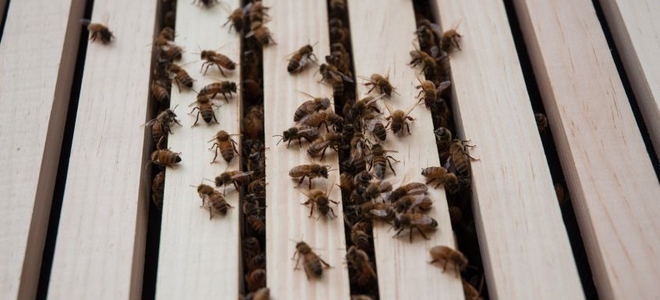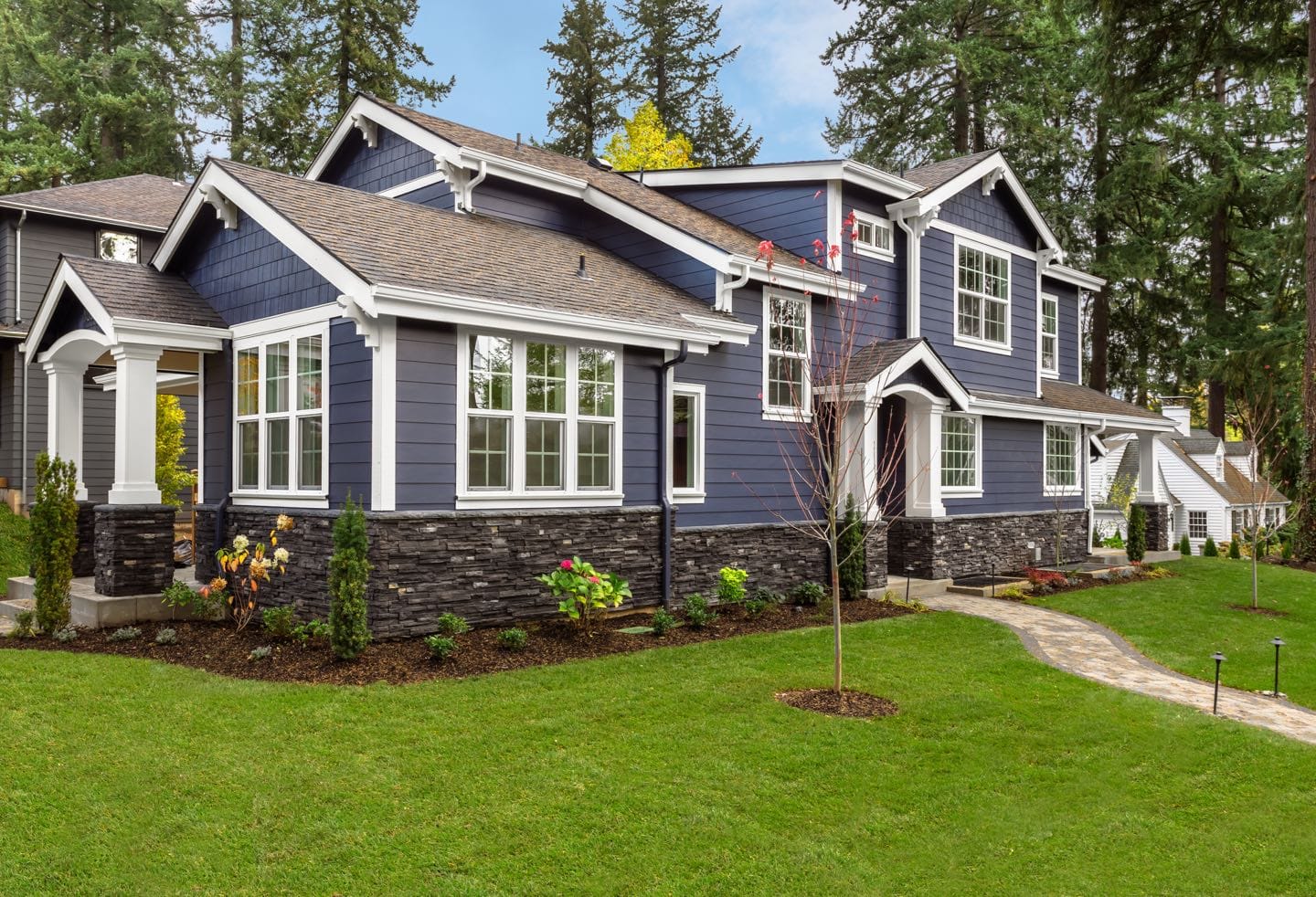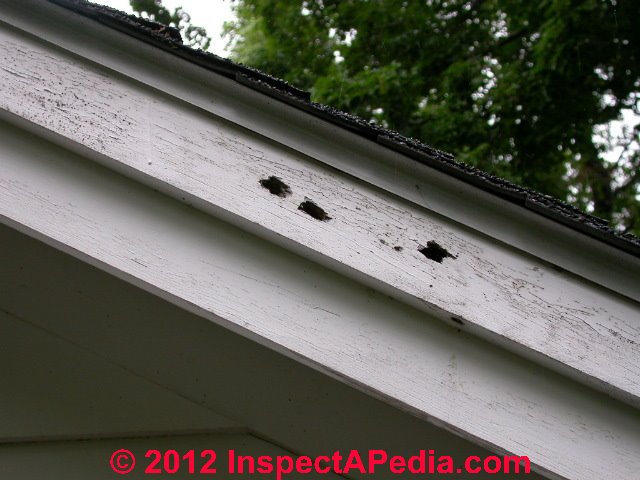Bees Nest Behind Metal Siding Covering Wood Siding

This is the most efficient and fastest way to eliminate a bee yellow jacket wasp nest.
Bees nest behind metal siding covering wood siding. Locate the entrance through which the bees are entering your siding. The problem with treating pests that lodge behind this shielding is that it gives you very little access to inject anything meaningful. As each egg is laid she encloses it with a partition of chewed wood pulp and then creates another pollen loaf for the next egg. Carpenter bees can do extensive.
Earwigs roaches ants wasps and bees just to name a few often find your homes siding a perfect place where they can feel protected too. Observe the bees during the afternoon as that is the most active time of day for yellow jackets. Bees and wasps can damage wood on exteriors and make nests under siding not to mention the stinging. I m a beekeeper and i have been an exterminator also.
This usually involves dead standing trees but sometimes they can end up in your deck fascias or other wooden structures. Carpenter bees are so named because they build nests by boring holes in weathered intact wood often the exterior walls and siding of homes and other structures. If you don t care about that chloroform will kill them nicely without removing the siding. Bees are so endangered that i would never suggest anything that could cause them harm.
Follow where they seem to disappear into the side of your house. Now you might think that a hive hidden away inside of the siding on your home whether it s wood vinyl or aluminum is hard to get rid of but actually they re pretty safe and easy to eliminate because you won t have to touch them directly. If possible mark off any entrance holes you find so that you can easily identify them later. Then pull the duster out and puff directly at the hole to cover the opening from about 5 inches away.
Even though a hive nestled inside the wood aluminum or vinyl siding is hard to actually reach these are in fact some of the easiest and safest types of nests to get rid of because they require no contact with the bees or nest. Carpenter bees drill holes into dead wood to create nests. Bees will usually sequester themselves away in overhangs cracks window and door frames and under siding basically anywhere they can build a cozy nest. You want to go up to the opening where they are flying in and out of at dusk or at night when they are not active and puff twice directly into the hole.
If the bees are boring holes into your siding they are carpenter bees not bumble bees. Allshookdown august 10 2003 4 08pm 5.













































